Winter Camping
The two most important things to take on a winter camp are an adequate shelter and a warm sleeping system. I have pitched my North Face with its 100% bathtub floor on top of the snow cover. The snow is simply too deep to shovel. I pitch my tent with the rain fly so that the condensed moisture from my breath goes through the mosquito netting, collects on the interior of the rain fly, and is vented outside the tent. This keeps the inside of the tent dry. During winter camps moisture condensation can be a dangerous problem. For warmth I prefer a thick foam pad with two sleeping bags, one inside the other. This double amount of insulation provides the necessary warmth during cold winter conditions. I opt for a large, oversized, rectangular bag on the outside with a warm, down, mummy bag in the inside. Sometimes I’ll use two sleeping pads: a Therma Rest pad next to the tent floor and a thick foam pad on top of it. This way I’m well insulated away from the cold tent floor.
Before I go to bed I like to fix a hot meal. I cook up a pot of hot soup or chili on my camp stove. This helps me sleep warmer at night. I usually cook this in a metal cup.
An advantage of winter camping is its solitude. You’re likely to be the only camper for miles. You may have the campground to yourself. In the winter everything is clean and white. The heavy snow makes for an exhilarating experience. The stream sounds are buffered by the low flows and soft snow surrounding the stream bed. A winter camping trip is a great activity, although its biggest disadvantage is getting up early in the morning. It’s hard to get up out of the warm bed to subfreezing temperatures. Winter camping is a great way to enjoy wildlife, snowshoeing, back country skiing, snowmobiling, and ice fishing. It’s also fun to do some great outdoor cooking with lots of tasty and nutritious Dutch oven cooking.
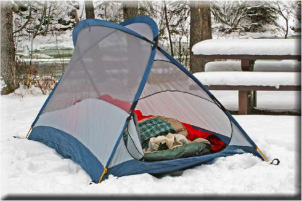
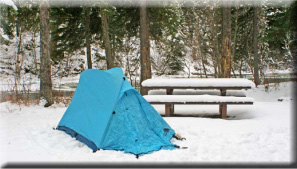

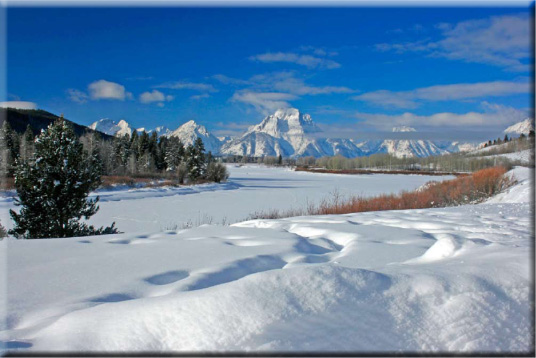
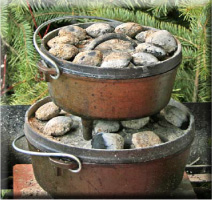
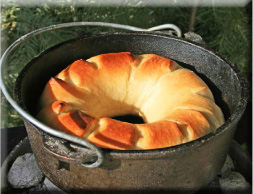
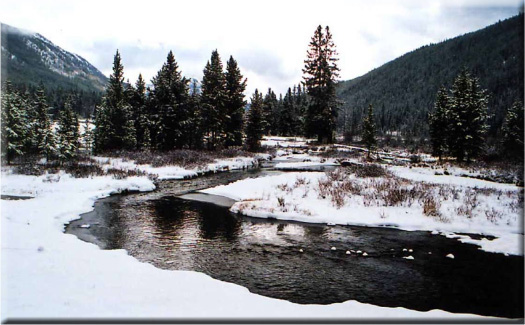

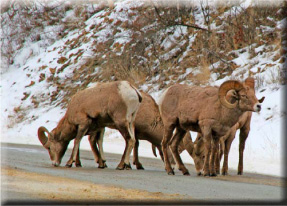
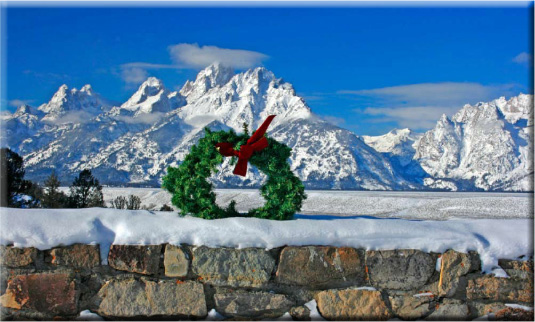
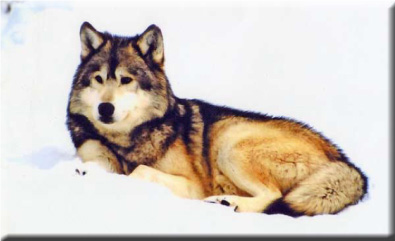
Camping Adventures • Dutch Oven Cooking • Sports Knots
Fly Tying • Freshwater Fishing • Fly Fishing

